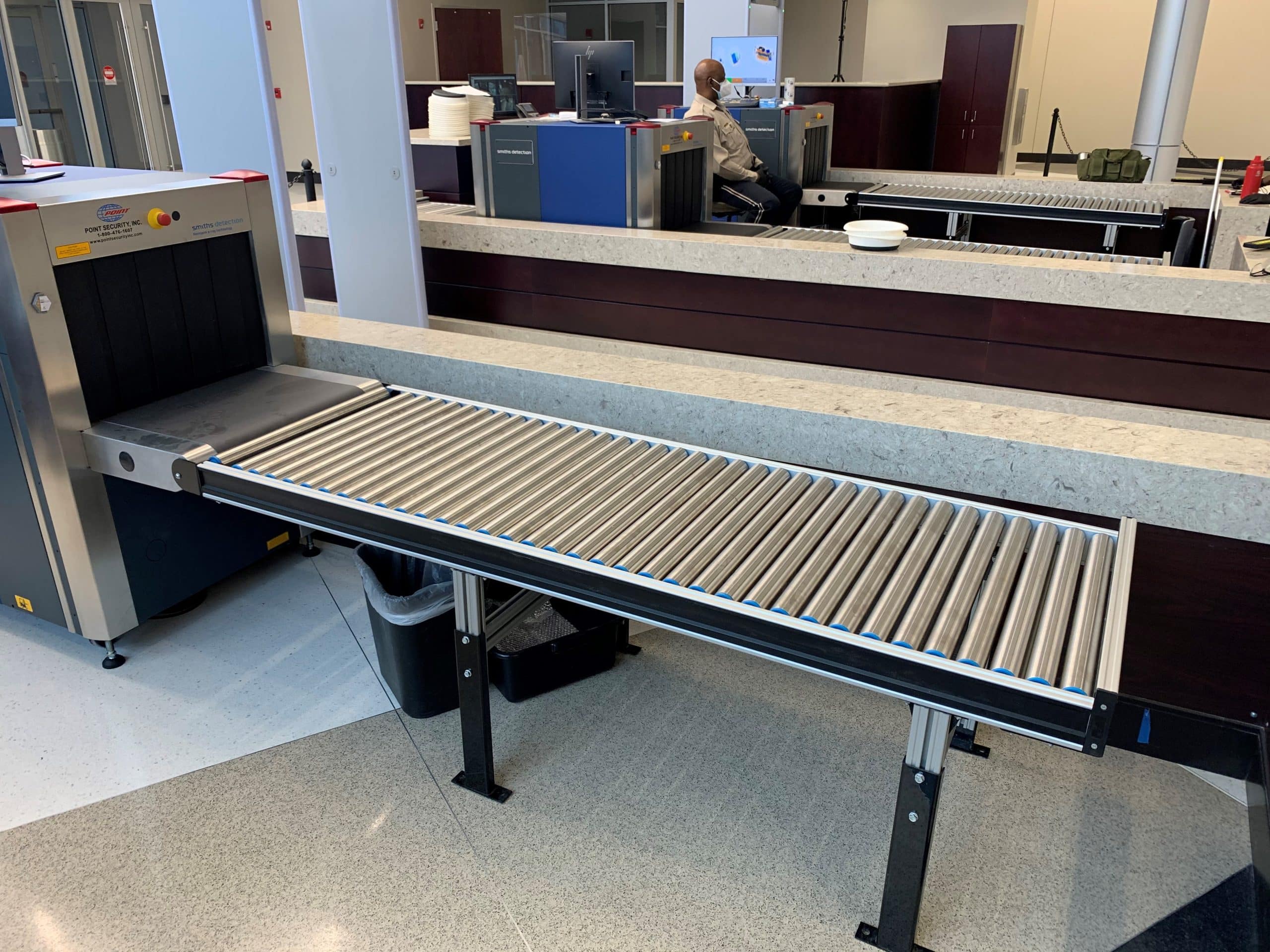Airports are bustling hubs of global travel, welcoming millions of passengers daily. To maintain security in these high-traffic areas, authorities must deploy advanced screening technologies. One of the most vital components of this safety protocol is the use of X-ray machines. These devices play an integral role in detecting dangerous items and ensuring the safety of travelers and staff alike. In this article, we’ll explore the importance of having an airport scanner, examining how they contribute to security, efficiency, and overall peace of mind.
Enhancing Security and Threat Detection
The primary function of X-ray machines in airports is to enhance security by detecting potential threats. These machines use advanced imaging technology to reveal the contents of bags, identifying concealed items like weapons, explosives, or illegal substances. Without this layer of protection, airport staff would have to rely solely on manual checks, which are not only time-consuming but also less accurate. The rapid scanning capabilities of X-ray machines significantly reduce the risk of prohibited items slipping through the screening process. As a result, passengers can feel more secure knowing that rigorous safety measures are in place to prevent dangerous incidents.
Boosting Operational Efficiency
In addition to providing security, X-ray machines contribute to the efficiency of airport operations. They allow for the quick and systematic screening of passenger luggage, which helps maintain a steady flow of travelers through checkpoints. This speed is especially crucial during peak travel times, when long lines could lead to delayed flights and frustrated passengers. The automated nature of X-ray screening also reduces the workload for security personnel, enabling them to focus on other critical aspects of airport safety. By streamlining the screening process, X-ray machines ensure that passengers spend less time waiting and more time enjoying their journey.
Preventing Human Error
Even the most vigilant security personnel can make mistakes, but X-ray machines provide a second layer of protection against human error. These machines are equipped with sophisticated algorithms that can detect anomalies and highlight suspicious items for further inspection. While trained staff are essential for interpreting the results, the technology offers a level of accuracy that human inspectors alone cannot achieve. The combination of human oversight and X-ray screening leads to a more thorough and reliable security process. This minimizes the chances of oversight and reinforces passenger confidence in airport safety protocols.
Supporting International Safety Standards
Airports across the globe must adhere to strict international safety standards, and X-ray machines are a fundamental component of meeting these requirements. Organizations such as the International Civil Aviation Organization (ICAO) mandate comprehensive security measures to prevent terrorist acts and unlawful interference in civil aviation. The presence of X-ray machines at checkpoints is a clear indicator of compliance with these regulations, ensuring that airports maintain their certification and reputation. Travelers also benefit from consistent safety measures regardless of their departure or destination, making global travel a safer experience for everyone.
Building Trust and Confidence Among Passengers
Finally, the presence of X-ray machines at airports plays a significant role in building trust among passengers. Knowing that their luggage is being screened thoroughly provides reassurance that their safety is a top priority. This sense of security encourages more people to travel, which benefits the aviation industry as a whole. Airports that invest in state-of-the-art screening technology are often perceived as safer and more reliable by passengers. The result is a positive feedback loop, where enhanced safety measures boost traveler confidence, leading to increased passenger numbers and a thriving aviation sector.
Adapting to New Security Challenges
As the nature of security threats evolves, X-ray machines are also adapting to meet new challenges. Modern X-ray technology is now equipped with advanced software capable of detecting newer types of explosive materials, 3D imaging for clearer analysis, and even the ability to differentiate between organic and inorganic substances. This constant technological evolution makes X-ray machines more effective in identifying unconventional threats, such as 3D-printed weapons or novel chemical compounds. Airports that upgrade to these more advanced systems not only enhance security but also demonstrate a proactive approach in addressing emerging risks, keeping pace with the rapidly changing landscape of aviation safety.
Cost-Efficiency and Long-Term Savings
While the initial investment in X-ray machines can be significant, the long-term benefits make them a cost-effective security measure. The efficiency they bring to the screening process reduces the need for extensive manual inspections, lowering staffing requirements and minimizing potential human-related errors. This leads to fewer disruptions, quicker passenger processing, and ultimately, fewer delays, all of which translate into savings for airports. Additionally, by preventing dangerous incidents and ensuring safer travel, airports avoid the significant financial and reputational costs that can arise from security breaches. In this way, X-ray machines are not just a safety asset but a wise financial investment for airports worldwide.
Ensuring Safer Skies with X-Ray Technology
X-ray machines are more than just tools for scanning luggage—they are essential to the safety, efficiency, and trustworthiness of air travel. By detecting threats, streamlining operations, preventing human error, supporting international regulations, and building passenger confidence, these devices contribute to a safer and more efficient travel experience. As airports continue to adapt to growing passenger numbers and evolving security challenges, X-ray machines will remain a vital part of ensuring safer skies. Investing in this technology is not just a matter of compliance—it’s a commitment to the safety and well-being of all who travel.

David Weber is an experienced writer specializing in business and related fields, delivering insightful and informative content for diverse audiences.





